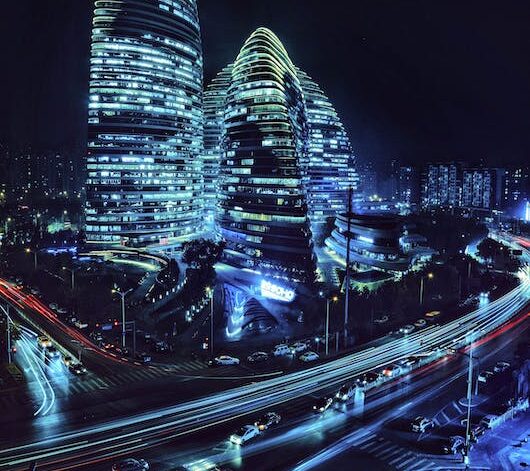A few years ago, China put strict regulations on skyscrapers nationwide. Their Ministry of Housing and Urban Development restricted skyscrapers over 500 meters, and buildings over 250 meters are heavily regulated by local authorities. Furthermore, buildings over 100 meters are subject to extensive review to protect natural areas and the architectural integrity of neighborhoods. Copycat architecture, such as China’s Eifel Tower rip off you’ve probably seen pictures of, are also prohibited. In the U.S., such regulations are often done at the local or neighborhood level, but seldom at the national level. The nationwide ban on 500m+ skyscrapers indicate the magnitude of the issue China is facing. Having built more skyscrapers in the past 20 years than the U.S. has since the beginning of the 20th century, changing how tall buildings are built will have a major impact on Chinese cities.
Initially, I thought these regulations were draconian: A centralized economy putting additional restrictions on capitalist entrepreneurs. The U.S. is generally averse to heavy handed, top town regulations for private development, as we tend to let cities decide urban design issues for themselves. Several issues led to China intervening in the skyscraper party, however. The sheer number of buildings being constructed during this boom led to overbuilding, developer bankruptcies and poor architecture at a grand, highly visible scale. Since many developers are at least partially state-owned, that means the state was on the hook for many supertalls – even if left half-constructed. Overbuilding also means high vacancy rates. The Ping An building in Shenzhen, one of the tallest buildings in China, is still almost half empty.
Tall buildings don’t mean well-designed buildings at the ground level, either. Many of the supertalls that went up in China were inhospitable to pedestrians, weren’t integrated with surrounding buildings, and ignored staggered setbacks which would allow for light at the street level. A focus on the pedestrian experience and architecture that reflects the character of the city can arguably provide more dividends than a few hundred meters in building height.
It will be interesting to see how these regulations will change China’s cities. The supertalls already constructed will represent an era of unprecedented, untamed growth and experimentation. China putting the brakes on this building boom is understandable, however, and a shift in priorities may make China a model for urban design in the future.

